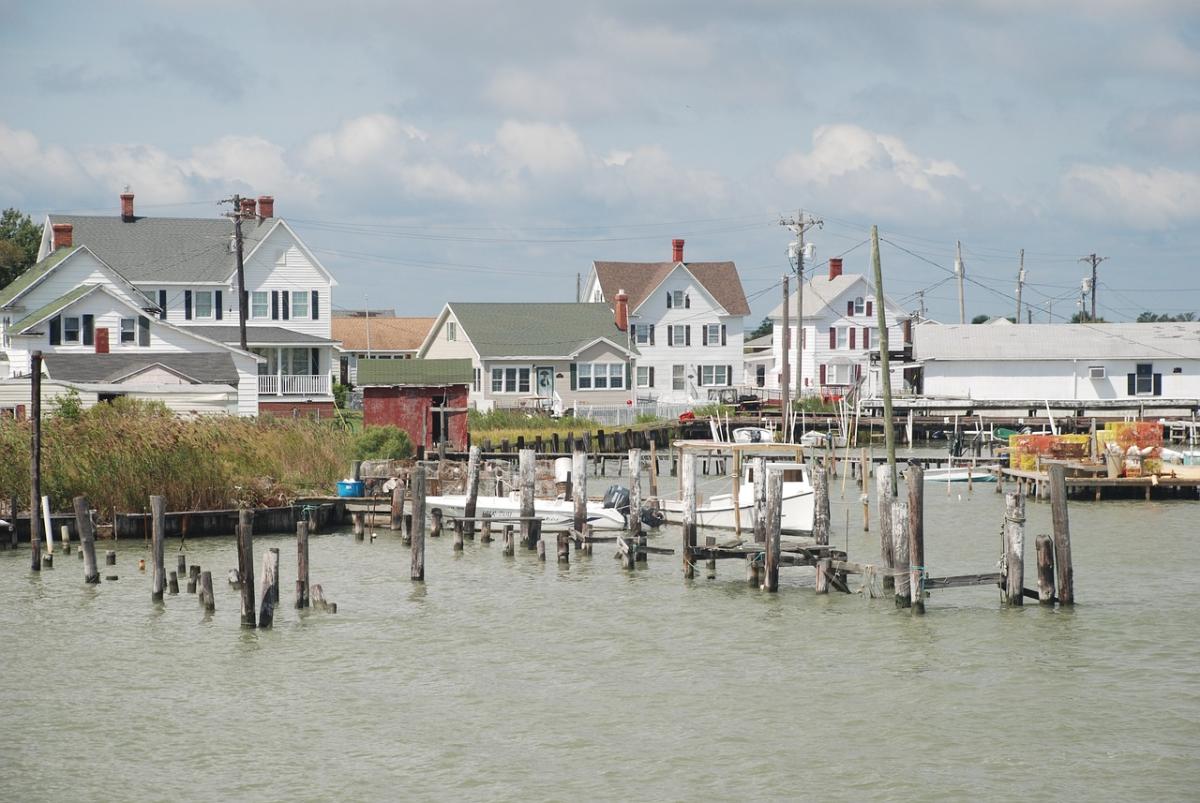
Tangier: Where Cultures Converge
Tangier is a city that has fascinated many travelers, artists, and writers for centuries. Located on the northern tip of Africa, Tangier overlooks both the Mediterranean Sea and the Atlantic Ocean, and is only 17 miles (27 km) away from the southern coast of Spain. Tangier is a gateway to Africa, but also a crossroads of cultures and influences, blending Moroccan, European, and Mediterranean elements. In this article, we will explore some of the aspects that make Tangier a unique and captivating destination: its port city history, its artistic inspiration, and its Tangier American Legation Museum.
A Port City with a Rich History
Tangier has a long and varied history that dates back to the Phoenician times, when it was a strategic trading post in the Mediterranean. It later became part of the Carthaginian, Roman, Byzantine, Arab, Portuguese, Spanish, British, and French empires, each leaving their mark on the city’s architecture, culture, and identity. Tangier was also the capital of Morocco during the reign of Moulay Ismail in the 17th century, and the seat of the Moroccan sultanate during the 19th century.
In 1923, Tangier became an international zone that was administered by several European countries and the United States. This gave the city a cosmopolitan and tolerant atmosphere that attracted diplomats, spies, bohemians, writers, and businessmen. Tangier was also a haven for artists and intellectuals who sought freedom and inspiration in its exotic and vibrant environment. Some of the famous figures who lived or visited Tangier include Henri Matisse, Paul Bowles, William Burroughs, Jack Kerouac, Truman Capote, Tennessee Williams, The Beatles, The Rolling Stones, and many others.
After Morocco gained its independence in 1956, Tangier was integrated into the Moroccan territory and lost some of its international allure. However, in recent years, Tangier has undergone a rapid development and modernization that has revived its economic and cultural potential. Projects such as the Tanger-Med port, the high-speed train to Casablanca, and the renovation of the old medina have transformed Tangier into a dynamic and attractive city that still preserves its historical charm.
A Source of Artistic Inspiration
One of the aspects that makes Tangier so appealing to artists is its light. The light in Tangier is distinctive and changing, creating different moods and atmospheres throughout the day and the seasons. The light reflects on the sea, the sky, the buildings, and the people, creating a kaleidoscope of colors and shapes that captivate the eye and stimulate the imagination.
Many painters have sought inspiration in Tangier’s light and landscapes. One of them was Henri Matisse, who visited Tangier in 1912 and 1913. He was charmed by the cosmopolitan city, its bright and luminous light, its vivid colors, its variegated sunshine, and its striking, exotic architecture. He described Tangier as “a painter’s paradise. He painted several landscapes of Tangier, such as View of the Bay of Tangier, Entrance to the Kasbah, and Landscape Viewed from a Window, using bold shapes and vibrant, expressive colors that reflected his impression of the city’s light and atmosphere.
Another painter who was influenced by Tangier was Eugène Delacroix, who visited Morocco in 1832. He was fascinated by the oriental culture, the costumes, the ceremonies, and the people he encountered in Tangier. He painted several scenes of Moroccan life, such as The Fanatics of Tangier, The Jewish Wedding in Morocco, and The Women of Algiers in Their Apartment, using rich colors and lively brushwork that conveyed his admiration and curiosity for his subjects.
Tangier also inspired many writers who lived or visited there. Some of them were Moroccan writers, such as Mohamed Choukri, who wrote about his life and experiences in Tangier in his controversial novel For Bread Alone. Others were foreign writers, such as Paul Bowles, who moved to Tangier in 1947 and wrote novels and stories set in Morocco, such as The Sheltering Sky and The Spider’s House. He also translated many works of Moroccan literature into English, such as Choukri’s For Bread Alone and Ahmed Yacoubi’s The Lemon.
Tangier also attracted writers who belonged to the Beat Generation, such as William Burroughs, Jack Kerouac, and Allen Ginsberg. They were drawn to Tangier by its exoticism, its freedom, and its cheapness. They experimented with drugs, sexuality, and writing styles in Tangier, and produced some of their most famous works there, such as Burroughs’ Naked Lunch and Kerouac’s On the Road.
A Museum of American-Moroccan Relations
Another attraction that Tangier offers is the Tangier American Legation Museum, located in the old medina. The museum is housed in a building that was gifted by the Moroccan sultan Moulay Suliman to the United States in 1821, making it the first American public property abroad and the only U.S. National Historic Landmark in a foreign country.
The museum showcases the history and culture of Tangier and Morocco, as well as the diplomatic and cultural relations between Morocco and the United States. It displays various artifacts, documents, photographs, and artworks that illustrate the different aspects of Tangier’s past and present. Some of the highlights include:
- A copy of the Moroccan-American Treaty of Friendship of 1786, which is the longest unbroken treaty in U.S. history and established formal relations between the two countries.
- A letter from George Washington to the Moroccan sultan Mohammed III, thanking him for his recognition of U.S. independence and expressing his desire for friendship and commerce.
- A painting of the American Legation by Marguerite McBey, a Scottish artist who lived in Tangier and married an American diplomat.
- A collection of paintings by Moroccan artists, such as Mohamed Ben Ali Rbati, Ahmed Yacoubi, and Chaibia Talal.
- A room dedicated to Paul Bowles, containing his personal belongings, manuscripts, photographs, and recordings of Moroccan music.
The museum also serves as a cultural center, a research library, and a language school, offering various programs and activities for visitors, students, scholars, and locals. The museum is a symbol of the historic and cultural ties between Morocco and the United States, and of the long-running American engagement with the wider Islamic world.
Conclusion
Tangier is a city that has a lot to offer to anyone who visits it. It is a city that combines history, culture, art, and diversity in a unique and captivating way. It is a city that has inspired many artists and writers who have left their mark on its streets, buildings, and people. It is a city that has witnessed many events and changes that have shaped its identity and character. It is a city that is worth exploring and discovering. Tangier is where cultures converge.
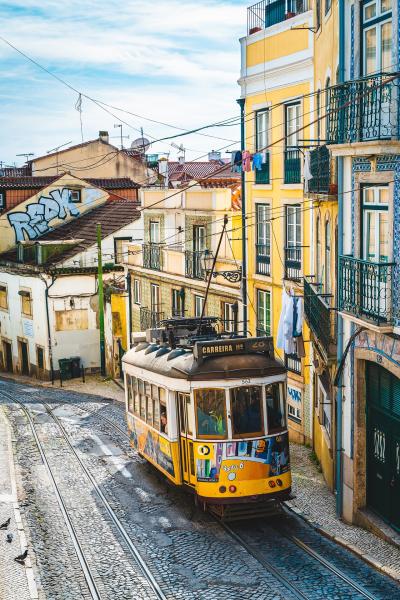
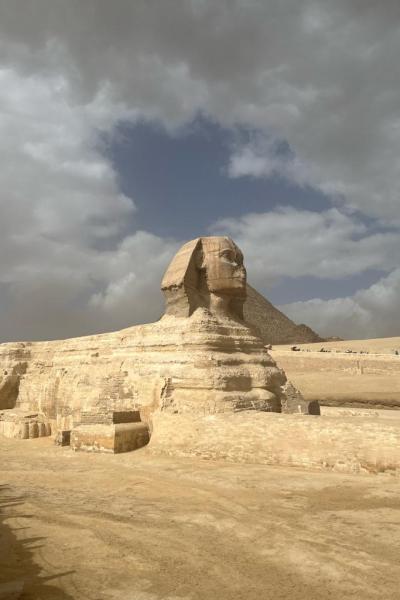
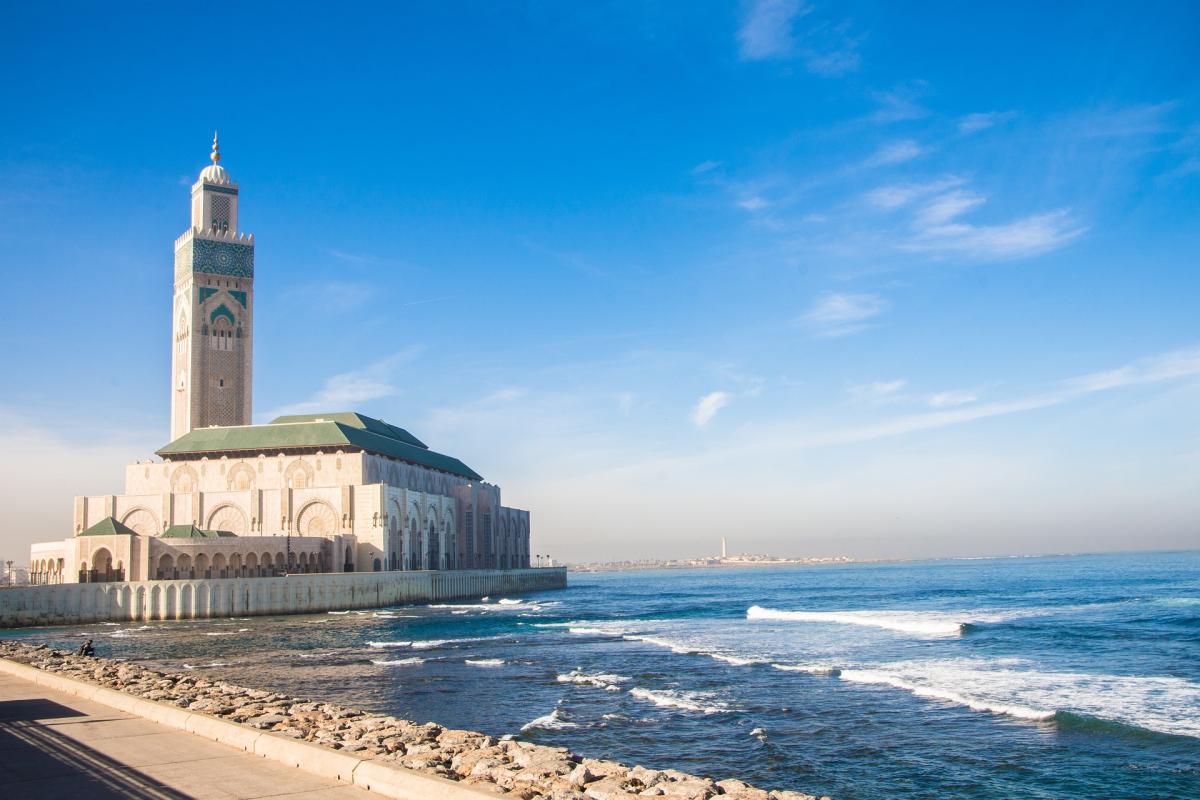
Morocco is a country of dazzling diversity, a place where the senses are awakened by the scent of spices in a bustling souk, the sight of the sun setting over the vast Sahara, the taste of sweet mint tea, and the ancient call to prayer echoing through a labyrinthine medina. It is a destination that offers...
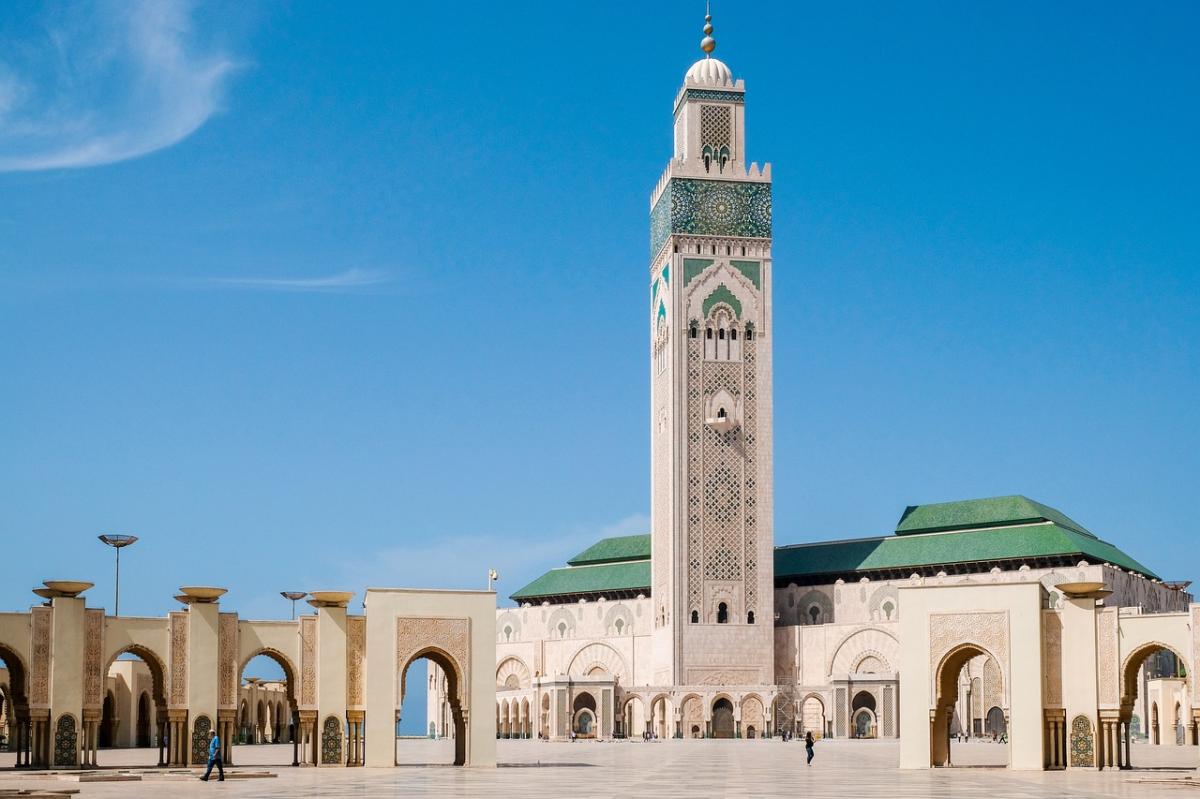
Morocco is a country that captivates the imagination of many travelers. It is a land of contrasts, where ancient and modern coexist, where mountains and deserts meet, where Arab and Berber cultures blend, and where Africa and Europe touch. Morocco is a place where you can experience the richness of history,...
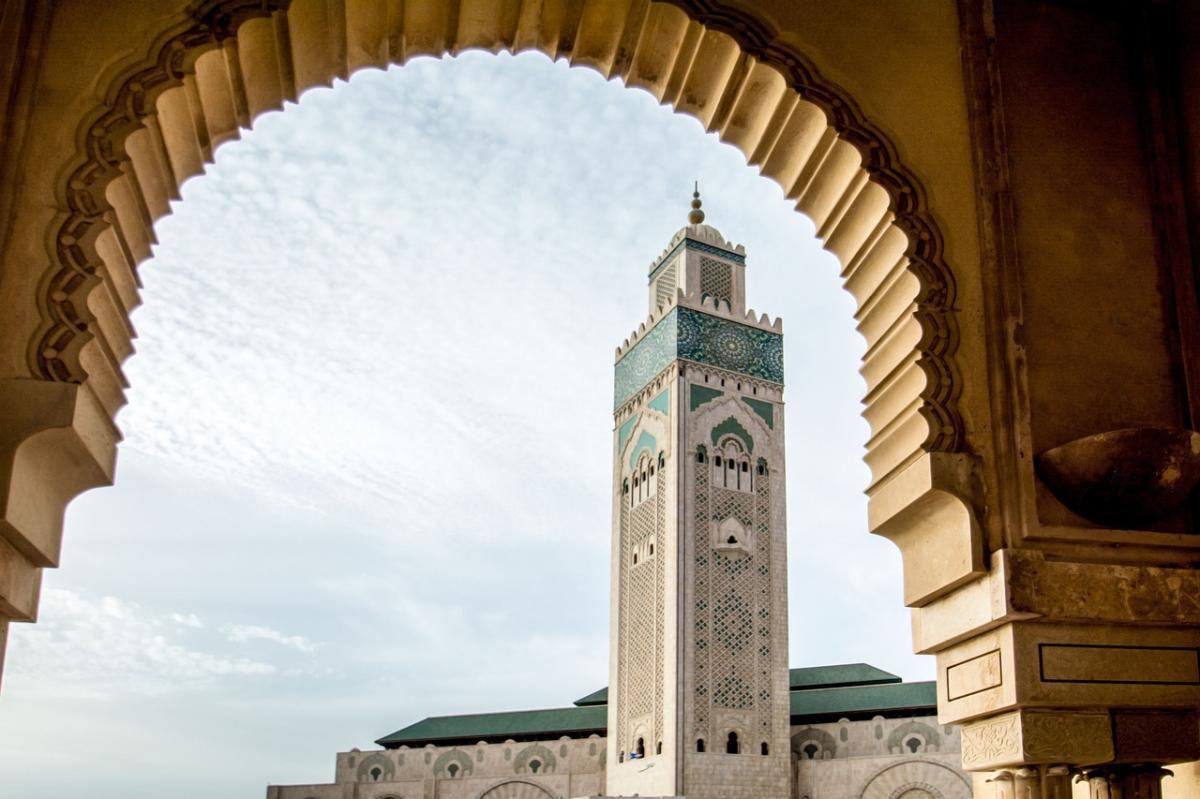
Casablanca is one of the most exciting cities in Morocco. It is a vibrant, lively city with plenty to offer visitors and locals alike. Situated on Moroccos Atlantic coast, Casablanca offers a unique blend of old-world charm and modern convenience that makes it an exciting place to explore. As the largest...